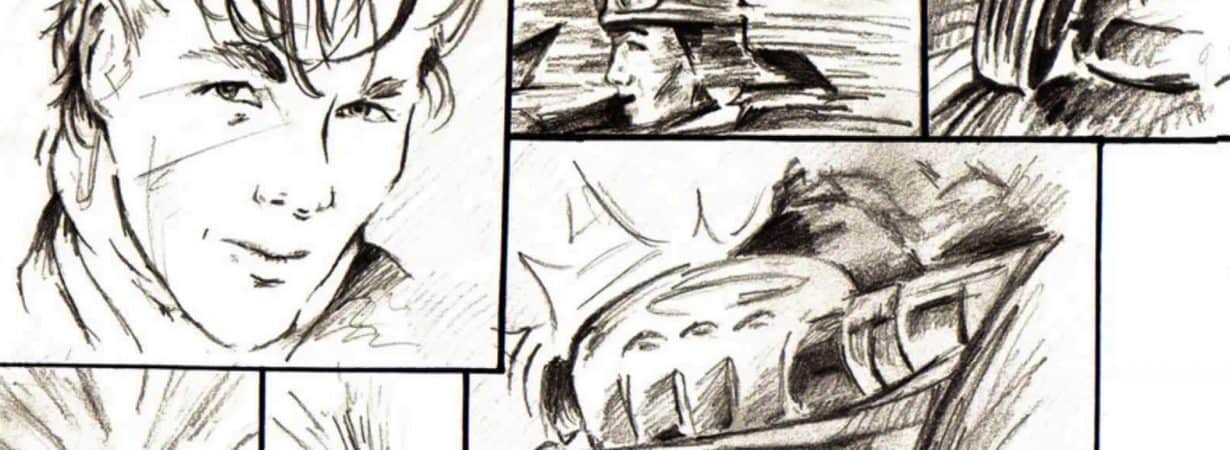
2D & 3D Animation
Many years ago I completed a postgraduate degree at Goldsmiths, London in computer 3D animation. I quickly learnt that it was a slow, painful and frustrating process to make even a few seconds of photorealistic motion.
But it opened up a different way of seeing film and video imagery, particularly relating to camera and object movement and perspective. This has been enormously useful in all of the film and video projects CLAi have undertaken over the years. Perhaps more than that it creates an incredible respect for those slightly crazy people who make their full time living in large scale computer aided 3D and 2D animation.
Today we don’t create this type of animated feature work in-house. It is far too time consuming and requires enormously powerful systems combined with constant research. But we do create animated 3D pieces to be used within “regular” programs that can be done on “regular” MacPro systems. Autodesk’s 3DS Max and 2D animations can be made in After Effects and Fusion. More often than not these are program opening and closing sequences, or pieces to explain how something works or comes together.
Cost Efficiency
Animation adds a layer of quality and sophistication to many programs. However, it has to be used carefully and appropriately to be more than eye candy for the viewer. It can also be very cost effective to produce- particularly when it is possible to start from an existing template or object design. Where creating a 10 second zoomy, whippy, building sort of thing full of color or superimposed with running video might look like it cost several thousand dollars but only cost a few hundred.
This is also the arena of the many “explainer” illustrated videos with a soundtrack. Most of which bring the worst aspects of 1990s audiovisual design to life again, but using a cost driven manufacturing production line. When done well, these can be a terrific alternative to traditional motion picture video. This is especially the case when the product or service doesn’t actually exist to show. When done as a cost saving over traditional video, they have been shown to be a major turn off and totally ineffectual marketing. It’s a tricky path to creating an effective video program, but one which can be made to work well. Especially when combined with basic live action shots or library material.

Strangely enough, many of the original forerunners of this technique were found in music videos after the success of A-ha’s “Take Me On” back at the start of MTV in 1985, which used computerized pencil illustration mixed with live video, and “Money For Nothing” by Dire Straits that same year, using computerised color over image style animation. That MTV/VH1 doorway spawned so many of the animation techniques that we take for granted today – mostly in the music video area, where new and original were the key to many successes.
Other great animated videos of the time were Bjork’s “Wanderlust”. Elvis Costello and the Attractions with “Accidents Will Happen”. “Kandi” by One Eskimo, “Feel Good Inc” by Gorillaz, Radiohea and “Paranoid Android”. The rarely seen but wonderful “Love Rollercoaster” by the Red Hot Chilli Peppers. “Heartless” by Kanye West. “Starlight” by The Supermen Lovers. U2’s “Hold Me, Thrill Me, Kiss Me, Kill Me”. Daft Punk and “One More Time”. Home and Dry’s “Ghosts Are Dancing” and, of course, all of those amazing stop animation videos by Peter Gabriel – of which “Sledgehammer” was probably the best known.
A fun past time if you are bored is looking at these with no volume and trying to remember who on earth the musical artists were…
